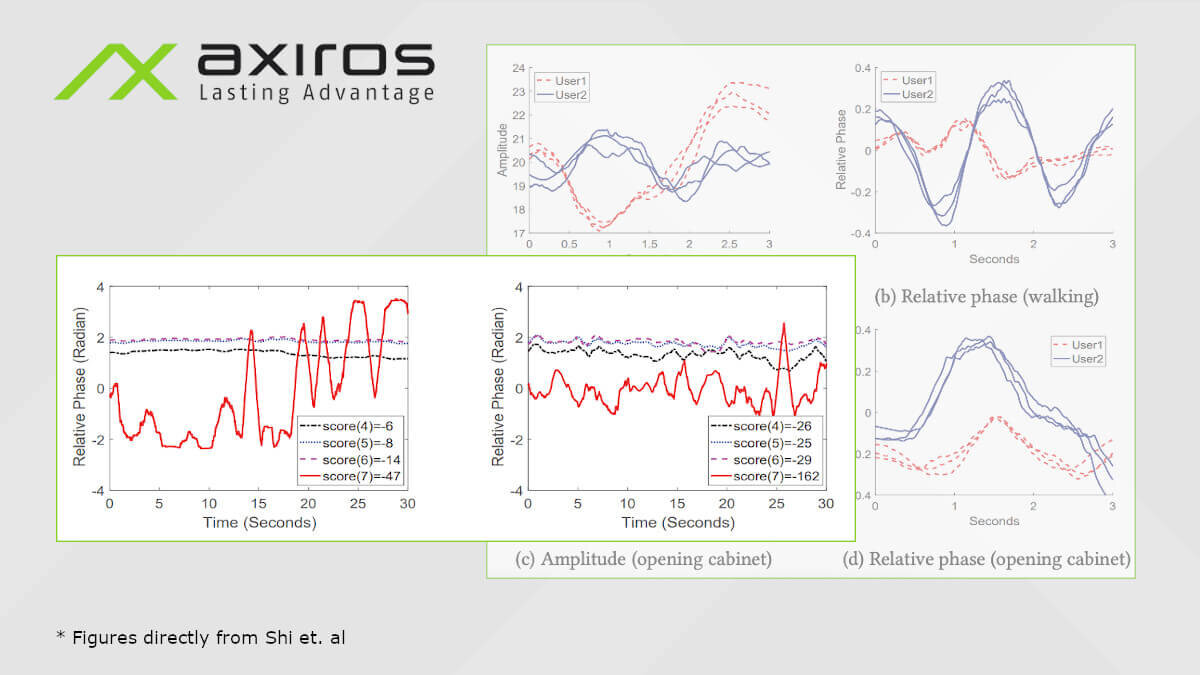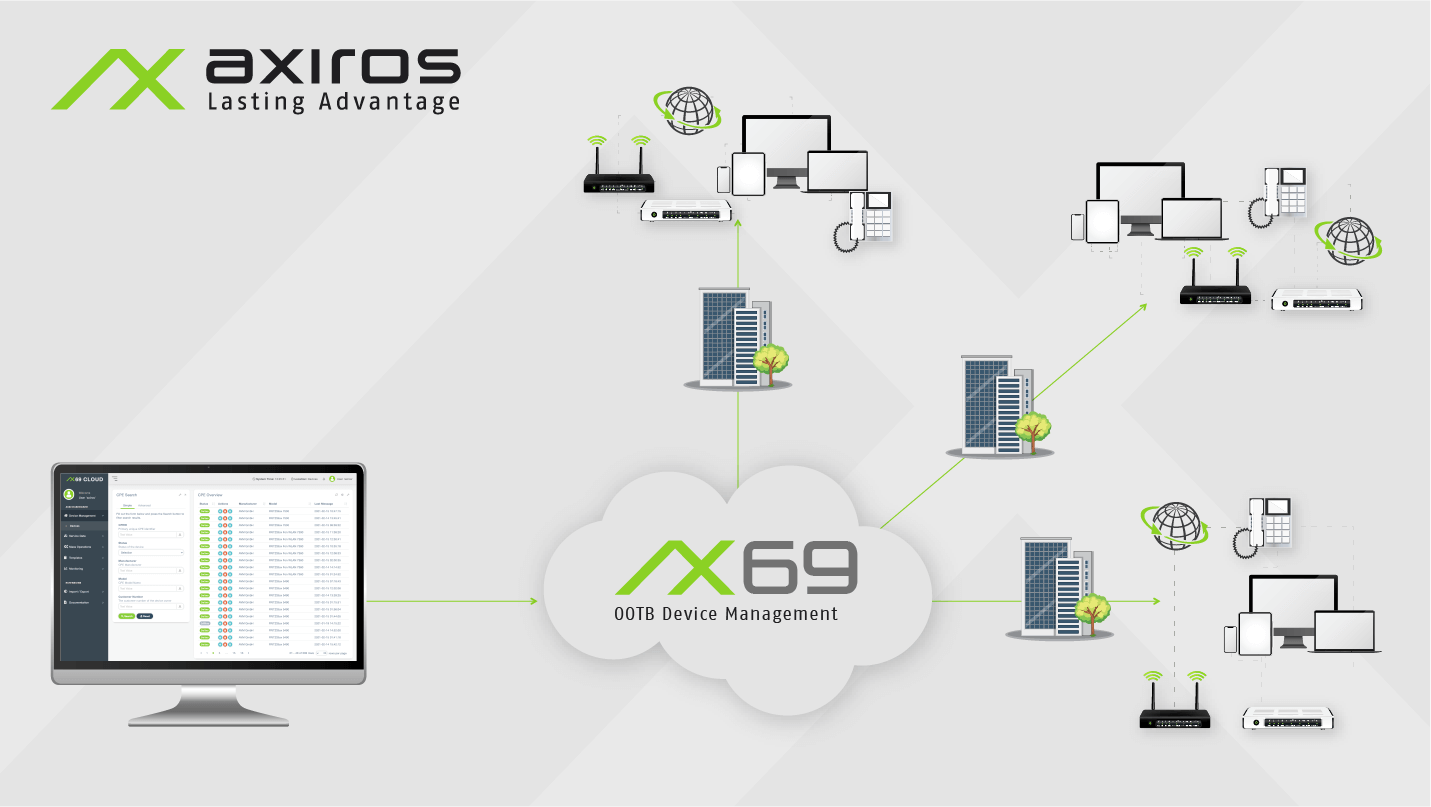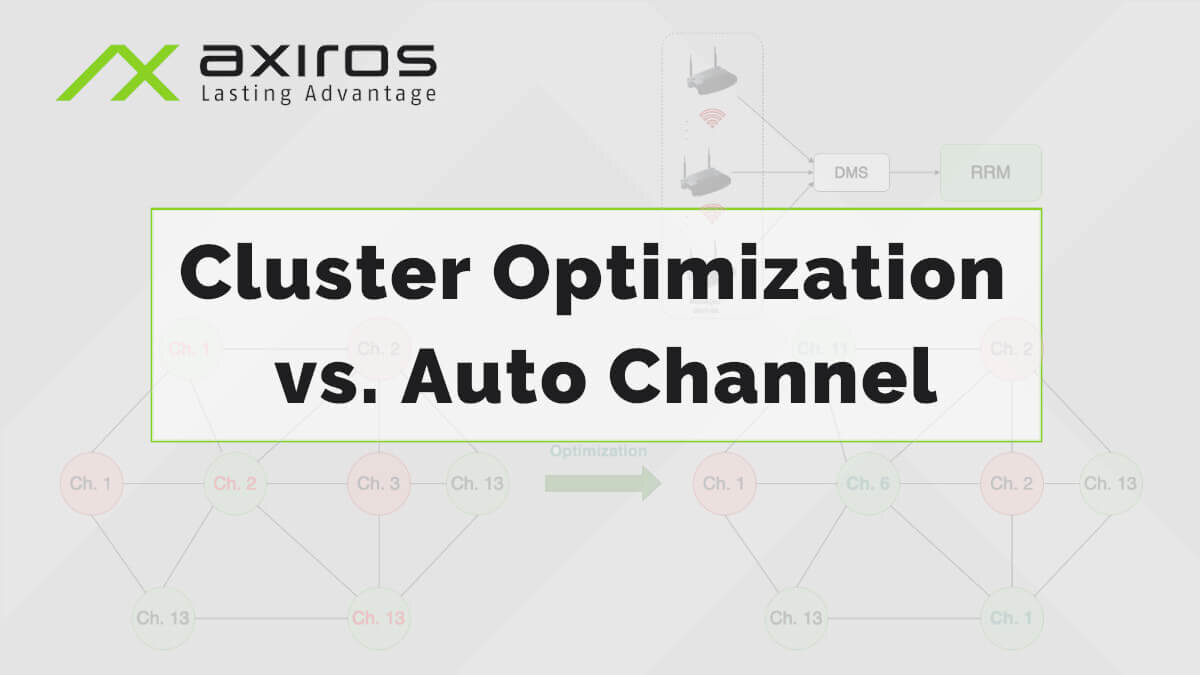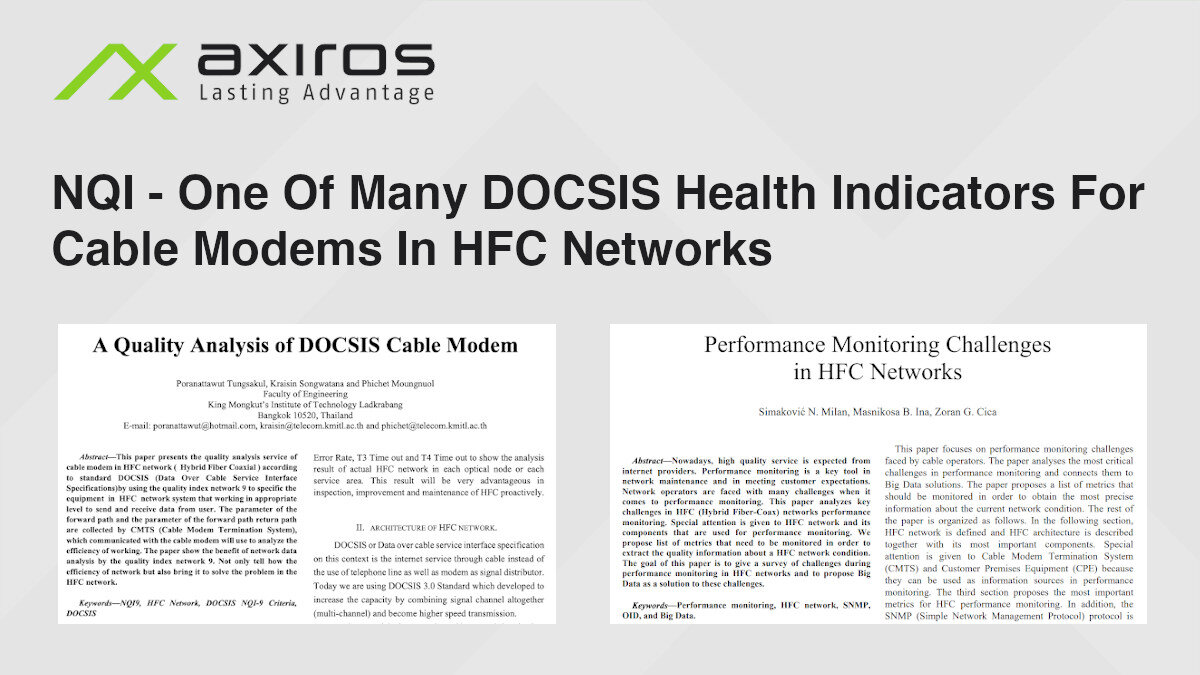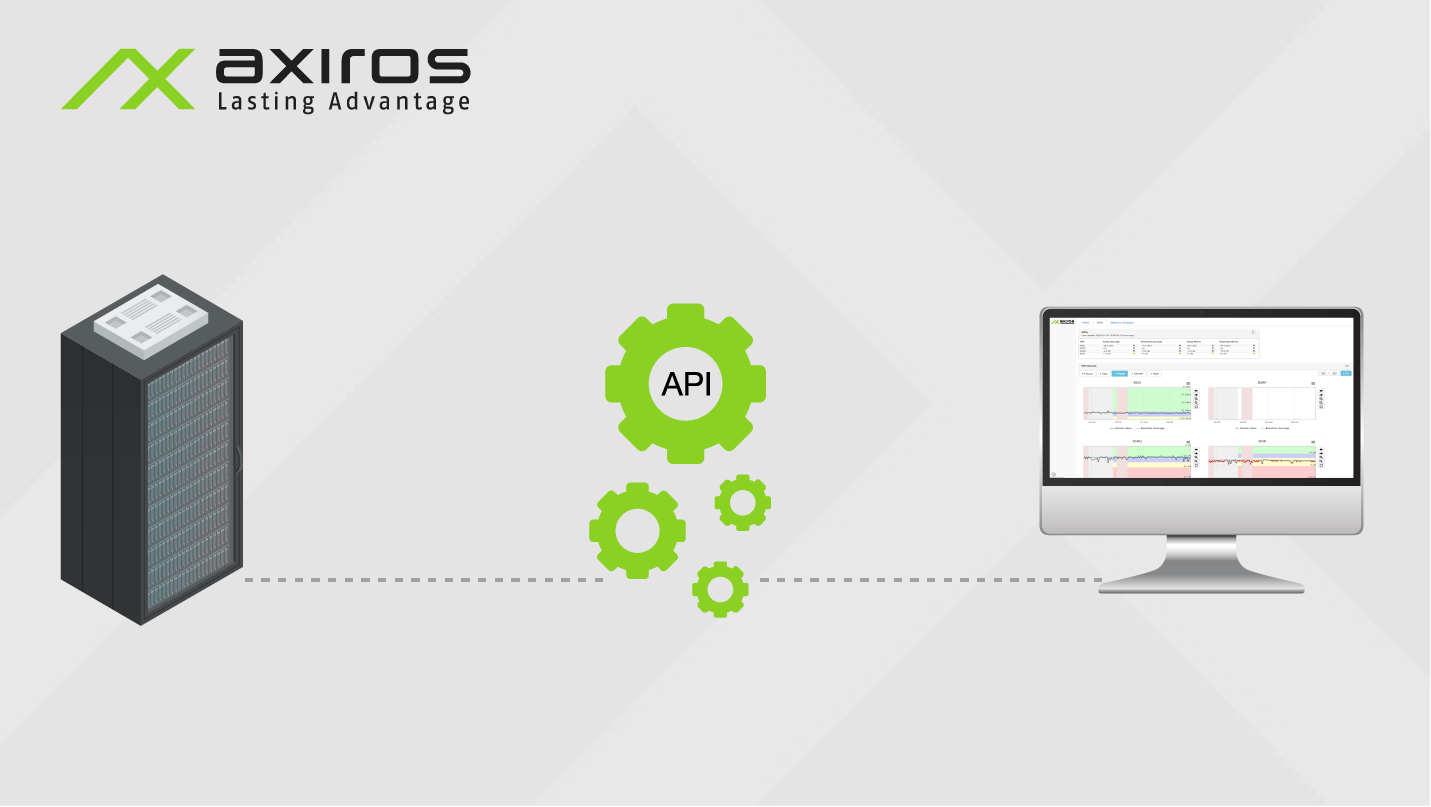Axiros Blog
Insights into the Telecom World: Latest Trends & Market Developments
The Features of 802.11AC Standard. Is It Possible to Reach the Stated Speed?
In real life no one standard has been able to maximize its theoretical performance since many factors influence the signal: electromagnetic interference from household appliances and electronics, obstacles in the signal path, signal reflections, and even magnetic storms.
WiFi: 2.4 GHz vs. 5 GHz
The recent studies carried out by a number of manufacturers of Wi-Fi devices have identified the support for 5 GHz networks as a competitive advantage. But why are such networks better than 2.4 GHz ones, in which many modern routers operate? Let's look into the matter.
5GHz Interference Issues
Unlike 2.4GHz bands, there are no overlapping channels in 5GHz range, like it was with 1, 2 and 3 channels. For example, within the context of U-NII-1 (see a list of WLAN channels below) only channels 36, 40, 44 and 48 can be selected; by default, each of them occupies 20MHz and nominally does not interfere with neighboring channels.
Elliptic Curve Cryptography
There are two main different types of encryption - symmetric encryption, which uses one key to both encrypt and decrypt (e.g. AES), and asymmetric encryption, which uses two different keys (e.g. RSA).
CCI: Co-channel Interference
How do devices share channel resources?
The first suggestion that WiFi devices share channel resources equally has not been confirmed by experiments (fig. 1).
Using CSI from WiFi enabled IoT for Authentication
Often, building an authentication system requires some sort of deployment of IoT devices. At worst, every user needs a RFID device (similar to a key) to authenticate themselves. The idea proposed in this paper (Shi et al.) is to use present Wi-Fi infrastructure, which is very widely available (e.g. your local library has it, even the local candle shop likely has Wi-Fi).
ACI - Adjacent-Channel Interference
How do WiFi channels affect each other? And what can we do about it?
An interesting approach to this problem was published in this article.
Home Office with AX69 CLOUD and ON-PREMISES
It´s becoming clear that work from home is not just an exceptional situation in times of high Covid 19 incidence anymore. It's accepted now as a working model by many companies outside of the global pandemic context.
Green Industrial Internet of Things
I recommend checking it out just because its design is stunning. Of course, the topic is also very interesting - CPEs and Internet of Things (IoT) devices often have very low energy requirements. On the one hand, such devices are inherently small and require less energy.
Cluster Optimization vs. Auto Channel
The Auto-channel means that a Wi-Fi router selects channels automatically based on the vendor’s algorithms. In this case, only a single device is considered and this can increase interference for the whole system.
Python3 Cache Decorator
Repeating computation efforts are very annoying. But even more annoying is it if they take a lot of time. Because that can get nasty quickly. But this is where caches come to save us from a lot of wasted time.
What is a cache?
DOCSIS FBC Impairment Algorithms - Adjacency
There are many different Full Band Capture (FBC) impairments, one of the interesting impairments is adjacency because it is often so pronounced on the spectrum. The figures below shows a small adjacency: The channels suddenly jump slightly in their dB level.
Deep Learning For Channel Estimation In OFDM (Orthogonal Frequency-Division Multiplexing) Systems
As mentioned in the NQI post, data is extremely important for HFC networks. In this post, we will be taking a look at a very interesting paper published in one of the top high impact journals in CS, …
A Cursory Look At Machine Learning
Since a large set of posts on this blog deal with Machine Learning, I decided to write up a cursory look on the Machine Learning (ML) field. ML is the process of training a model using a training dataset and an optimiziation algorithm such that a certain task is fulfilled.
NQI - One Of Many DOCSIS Health Indicators For Cable Modems In HFC Networks
In their paper "Performance Monitoring Challenges in HFC Networks", Milan et al. say that collecting big data and processing it is integral to calculating the health of the HFC network of operators. Their KPIs include some interesting ones such as Flap List and SNR - let's take a closer look at them.
Clustering Downstream SNR Time Series For Better Visualization
The goal of this exercise is to find a smart way to group the SNR data over time of many channels belonging to a single cable modem dynamically to make visualization better: for example, have 24 lines appear as roughly 5-8 grouped lines that can be drilled down on.
Detecting Channels From FBC Spectrum Data Using Machine Learning
An integral part of FBC impairments detection is channel detection. For instance, the adjacency impairment looks at neighboring channels when deciding for an impairment.
Introduction to API
In the modern world, most Internet devices rely on APIs to function properly. But what actually is an API?
Proactive Network Maintenance - Pre-equalization Grouping
Proactively catching and fixing issues in the network instead of reacting when customers start piling up on your support centres has become the main modus operandi for service providers.
DOCSIS FBC Impairment Algorithms - Curious Filter
Filtering is an extremely useful method in DOCSIS cable networks. There are many use cases - for instance one could disable data channels to alleviate other impairments and thus make the connection stable or even just to match the level of service the customer is paying for.






